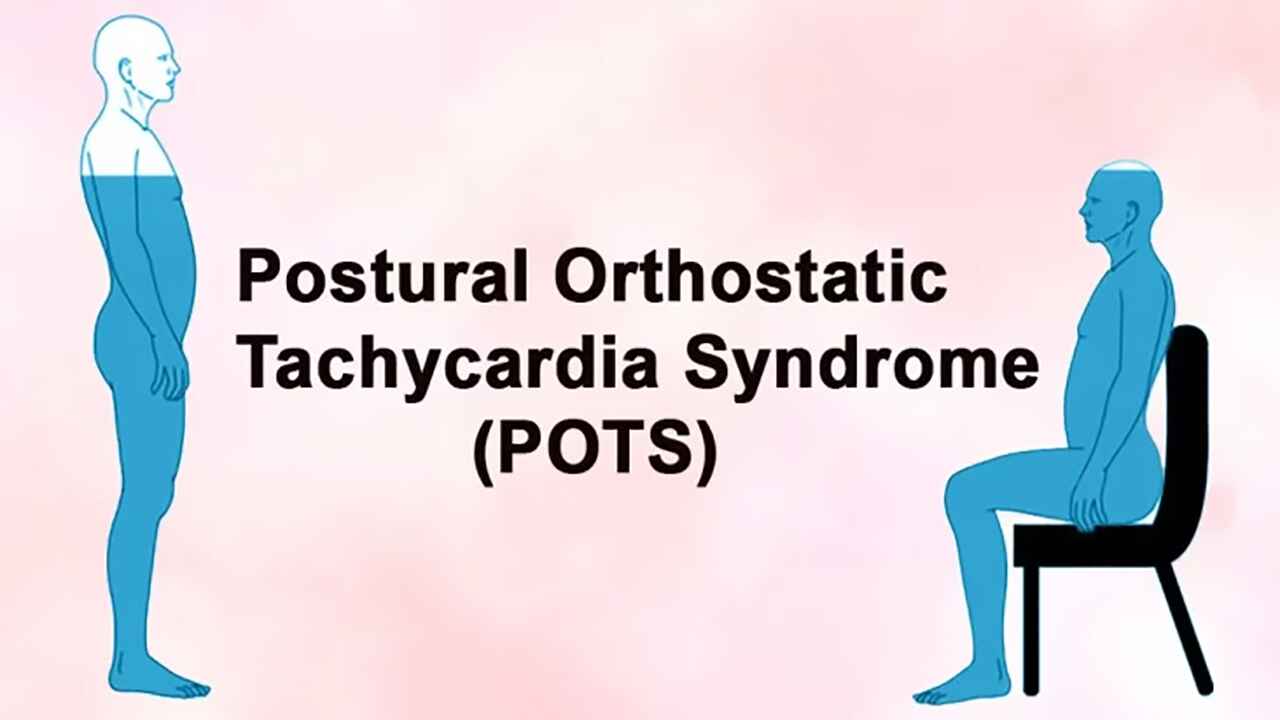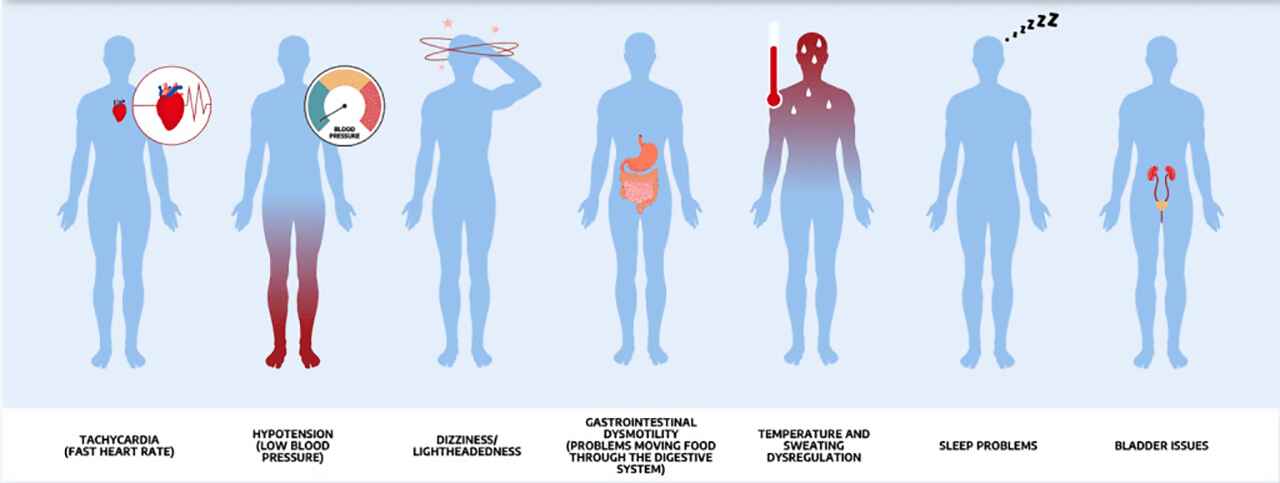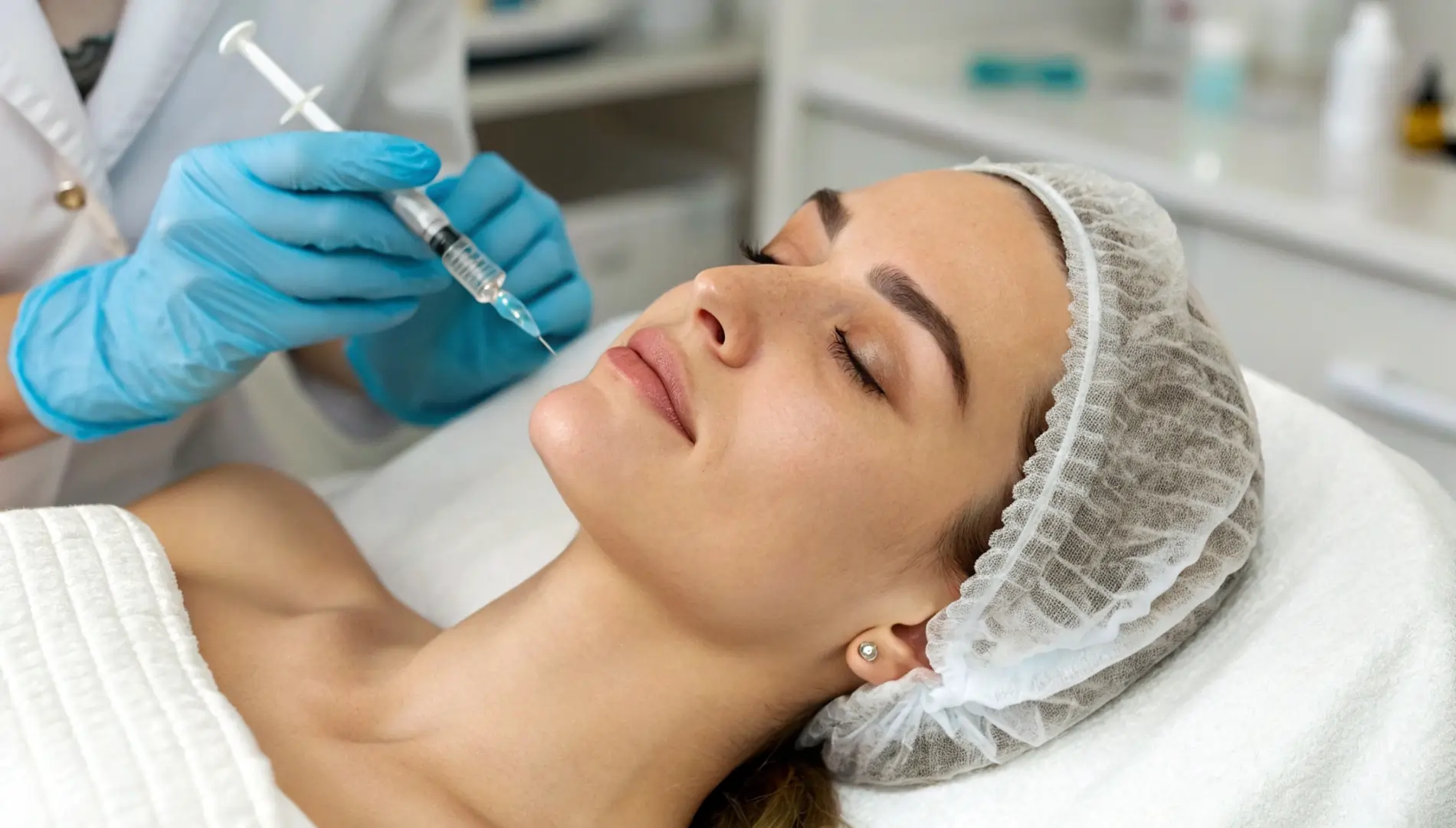Postural orthostatic tachycardia syndrome (POTS) is a condition in which your heart rate increases rapidly when you move from a sitting or lying position to a standing position. This sudden increase in heart rate can lead to symptoms such as dizziness, lightheadedness, and even fainting.
- What is postural orthostatic tachycardia syndrome (POTS)?
- Who does POTS affect?
- Is POTS a serious condition?
- Can POTS lead to stroke?
- What symptoms do we experience if we have postural orthostatic tachycardia syndrome (POTS)?
- What causes postural tachycardia syndrome (POTS)?
- How is postural tachycardia syndrome (POTS) diagnosed?
- Here are some strategies for managing POTS:
- What not to do when you have POTS?
- What is the prognosis for postural orthostatic tachycardia syndrome (POTS)?
- Conclusion
What is postural orthostatic tachycardia syndrome (POTS)?
Postural orthostatic tachycardia syndrome, or POTS, is a condition that affects blood flow. When people with POTS move from a sitting or lying position to a standing position, their heart rate increases abnormally. This can be accompanied by changes in blood pressure; some people experience low blood pressure and others experience high blood pressure. It is a type of dysautonomia, meaning it is related to the autonomic nervous system not working properly. This happens because 10 to 15 percent of the blood pools in the legs, abdomen, and arms and does not reach the brain. In postural tachycardia syndrome, the heart rate increases abnormally when you change position (such as standing up).
Who does POTS affect?
POTS primarily affects women and individuals assigned female at birth, typically between the ages of 15 and 50. However, men and individuals assigned male at birth can also develop POTS.
Is POTS a serious condition?
Although POTS is not life-threatening, it can significantly disrupt daily life and routine activities. The good news is that various treatments and strategies are available to help manage and improve symptoms.
Can POTS lead to stroke?
It does not directly cause stroke, but in certain circumstances it may contribute to an increased risk. People with POTS may experience extreme fluctuations in blood pressure. Very high blood pressure can be a risk factor for stroke, although this is rare.
Many people with this condition may have other medical conditions, such as autoimmune disorders or vascular problems, that can increase the risk of stroke.
What symptoms do we experience if we have postural orthostatic tachycardia syndrome (POTS)?
When you stand up, you suddenly feel like the world is spinning, your heart is racing, and you’re about to pass out. For people with POTS, these episodes may occur frequently.
They may also experience:
- Chronic fatigue that makes even simple tasks exhausting
- Nausea and gastrointestinal discomfo
- Migraines or severe headaches
- Lightheadedness, especially when moving from a sitting or lying position to a standing position
- Trouble concentrating
- Shortness of breath (dyspnea)
- Feeling nervous or anxious
- Shakiness and excessive sweating
- Chest pain
- Bloating
- Headaches
- Feeling sick
- Disrupted sleep
Symptoms may vary greatly from person to person. Therefore, the way to manage and deal with this disease is different for each person. Be sure to consult a doctor for better solutions to this disease.
American Heart Association (AHA)
3 POTS is a subset of orthostatic intolerance that is associated with the presence of excessive tachycardia on standing. Symptoms may be of such severity that normal activities of life, such as bathing, housework, and even eating can be significantly limited. POTS patients have been reported to suffer from a degree of functional impairment similar to that seen in conditions such as chronic obstructive pulmonary disease and congestive heart failure, yet these patients are all-too-frequently misdiagnosed as having severe anxiety or panic disorder.
What causes postural tachycardia syndrome (POTS)?
The exact cause of this condition is unknown, but it is sometimes linked to several factors, including:
Physical trauma or surgery: Physical trauma or surgery can disrupt the nervous system and cause people to develop postural tachycardia syndrome.
Viral infections: Illnesses such as mononucleosis or COVID-19 can cause this condition in some people.
Hormonal changes: Puberty, pregnancy, or menopause may contribute to POTS.
Autoimmune diseases: Conditions such as lupus or Sjögren’s syndrome are often associated with POTS.
Genetic predisposition: A family history of dysautonomia may increase the risk.
How is postural tachycardia syndrome (POTS) diagnosed?
Heart Rate and Blood Pressure Monitoring: When changing position from lying down to standing.
Tilt Table Test: A specialized test that measures how a person’s body responds to changes in position immediately.
Blood tests
Here are some strategies for managing POTS:
- Drink 2 to 3 liters of fluids daily, including electrolyte-rich beverages.
- Under your doctor’s supervision, increasing your sodium intake can help maintain your blood volume and improve circulation.
- Wearing compression stockings or abdominal binders can reduce blood pooling in the lower body.
- Start with exercises like swimming or cycling and gradually work your way up to more upright activities.
- Focus on small, frequent meals.
What not to do when you have POTS?
- Don’t stand up for long periods
- Don’t drink too much caffeine or alcohol
- Don’t get up too quickly after lying down – sit for a while before standing
What is the prognosis for postural orthostatic tachycardia syndrome (POTS)?
The prognosis for POTS is generally positive, although it can significantly affect daily life. Symptoms may change over the years. About 80 percent of people see improvement, although many may continue to experience long-term symptoms.
Conclusion
Postural orthostatic tachycardia syndrome (POTS) is a complex condition that can significantly impact daily life, yet with proper diagnosis and management, many individuals experience notable improvement. Understanding its symptoms, triggers, and potential causes is the first step toward effectively addressing the challenges it presents. While living with POTS may require adjustments to your lifestyle and daily routines, there are numerous treatment options and strategies to help manage the condition.
It’s important to remember that every individual’s experience with POTS is unique, and personalized care is crucial for long-term well-being. By working closely with your healthcare provider, staying informed, and adopting healthy habits, you can navigate life with POTS more effectively. With the right support and approach, many people find ways to regain control and improve their quality of life.














